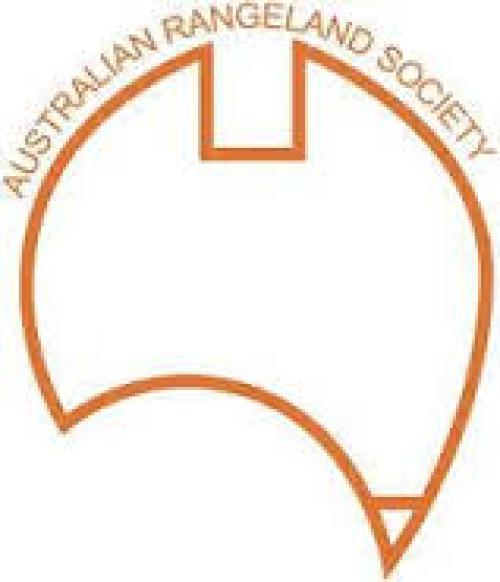Virtual fencing is a method of controlling animals without ground-based fencing. Control occurs by altering an animal's behaviour through one or more sensory cues administered to the animal after it has attempted to penetrate an electronically-generated boundary. This boundary can be of any geometrical shape, and though unseen by the eye, is detected by a computer system worn by the animal. The most recent autonomous programmable systems use radio frequency (RF) signals, emanating from global positioning system (GPS) satellites to generate boundaries. Algorithms within a geographic information system (GIS) within the device's computer use the GPS and other data to determine where on the animal a cue, or cues, should be applied and for how long. The first commercial virtual fencing system was patented in 1973 for controlling domestic dogs. Virtual fencing was used for the first time to control livestock in 1987. Since then proof-of-concept research using commercial, as well as custom designed systems have demonstrated that virtual fencing can successfully hold as well as move livestock over the landscape. Commercial virtual livestock control systems do not yet exist but research continues towards this goal. Pending research needs relating to this method of animal control are discussed in light of currently available technologies.

Full-text publications from the Australian Rangelands Society (ARS) Biennial Conference Proceedings (1997-), Rangeland Journal (ARS/CSIRO; 1976-), plus videos and other resources about the rangelands of Australia.